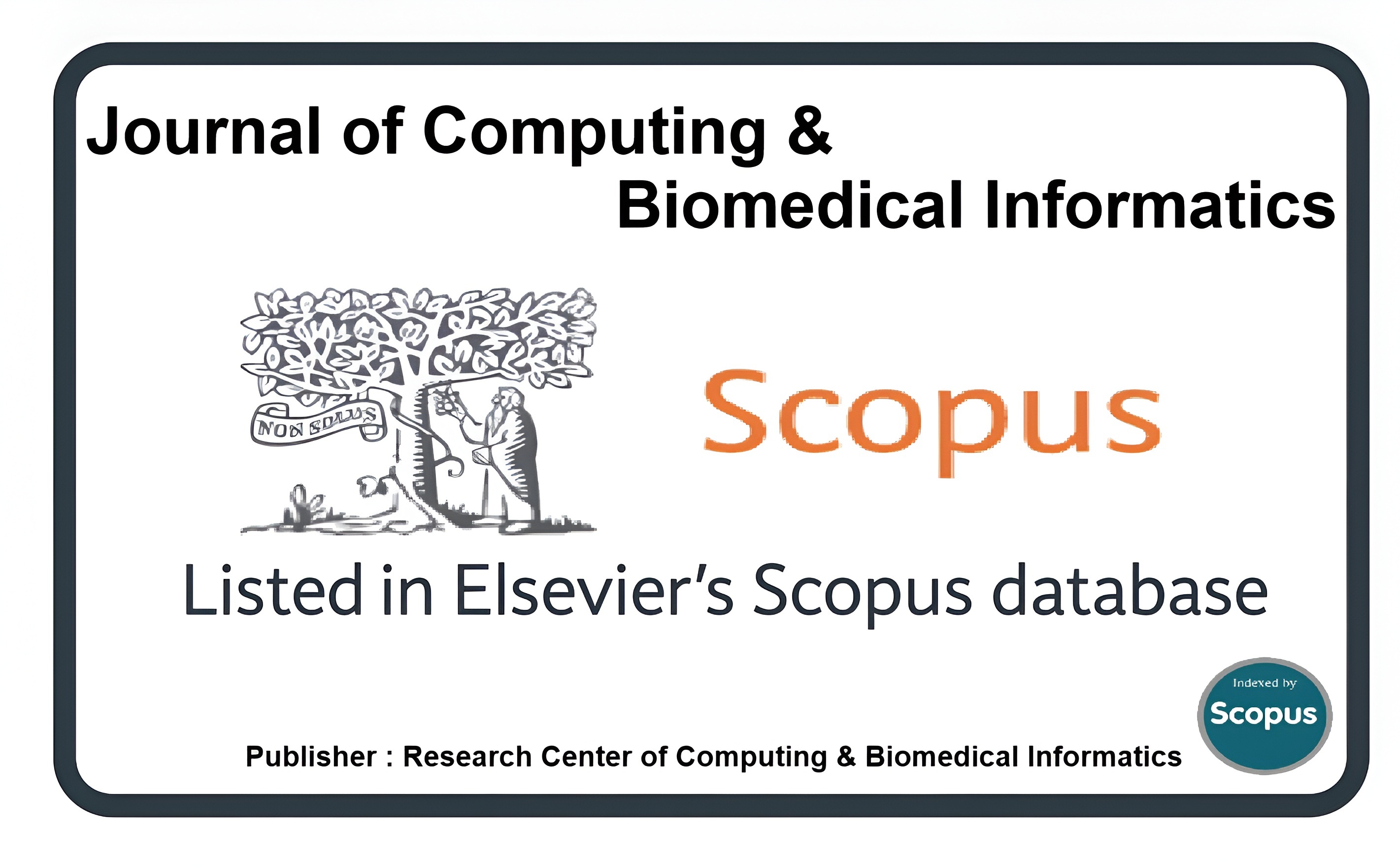The Virtual Shift: Investigating Technology Adoption Factors for Remote Learning on Non-Educational Platforms during the COVID-19 Pandemic
Keywords:
E-learning Adoption, UTAUT, Meeting Platforms, Virtual Classrooms, Influencing Factors, Covid-19Abstract
In the 21st century, the rapid development of advanced technology has gained popularity. The COVID-19 pandemic has panoramically disturbed and delayed every aspect of human life, with the educational sector being one of the most affected domains. The lockdown situation prompted various institutes to transition to digital platforms for online learning. Despite all efforts, a gap in teacher-student interaction remains to be addressed. To bridge this gap, teachers and students started using online meeting applications such as Zoom, Google Meet, and Microsoft Teams for virtual classes. These applications are user-friendly and support academic workflows. Furthermore, while many students find this mode of learning enjoyable, millions are still adapting to this new learning convention. This study aims to identify and investigate critical success factors influencing the behavioral intention and adoption of these technologies. Drawing on a literature review, the Unified Theory of Acceptance and Use of Technology (UTAUT) model was employed to understand the influence of these factors through a questionnaire-based survey. The Structural Equation Model (SEM) technique, implemented via AMOS/SPSS for data analysis, was used to derive meaningful insights. The findings of this study provide valuable insights into the influencing factors that can enhance the technology acceptance of these meeting platforms among students.
Downloads
Published
How to Cite
Issue
Section
License
This is an open Access Article published by Research Center of Computing & Biomedical Informatics (RCBI), Lahore, Pakistan under CCBY 4.0 International License





